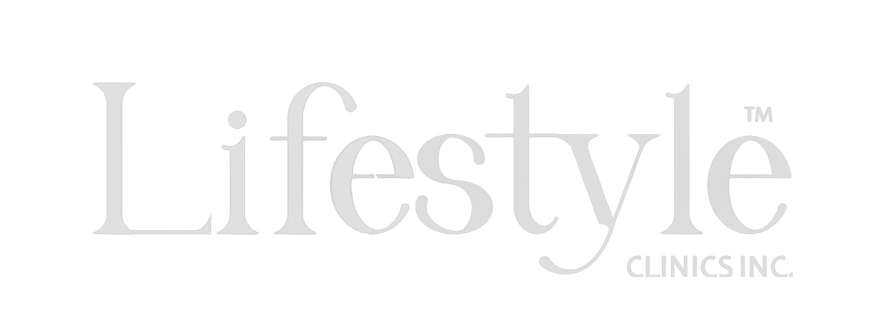Understanding High Blood Pressure: A Comprehensive Guide
High blood pressure, also known as hypertension, is a common yet serious health condition affecting millions of people worldwide. Despite its prevalence, many individuals remain unaware of their condition, which can lead to severe health complications if left untreated. This article aims to provide an in-depth understanding of high blood pressure, its causes, symptoms, and management strategies.
What is High Blood Pressure?
Blood pressure is the force exerted by circulating blood against the walls of the body’s arteries, the major blood vessels in the body. When this pressure is consistently too high, it is referred to as high blood pressure or hypertension. Blood pressure readings are given in two numbers: systolic and diastolic. The systolic number (the higher number) measures the pressure in the arteries when the heart beats, while the diastolic number (the lower number) measures the pressure in the arteries when the heart rests between beats.
A normal blood pressure reading is generally considered to be around 120/80 mmHg. Hypertension is diagnosed when readings consistently show a systolic pressure of 130 mmHg or higher or a diastolic pressure of 80 mmHg or higher.
Causes of High Blood Pressure
Hypertension can be classified into two types: primary (essential) hypertension and secondary hypertension.
- Primary Hypertension: This is the most common type of high blood pressure, and it develops over time without a specific identifiable cause. Factors contributing to primary hypertension include:
- Genetics: A family history of hypertension increases the risk.
- Age: The risk of high blood pressure increases with age.
- Lifestyle: Unhealthy lifestyle choices such as poor diet, lack of physical activity, and smoking can contribute to the development of hypertension.
- Secondary Hypertension: This type of hypertension is caused by an underlying condition. It tends to appear suddenly and cause higher blood pressure than primary hypertension. Conditions that can lead to secondary hypertension include:
- Kidney Disease: Poor kidney function can affect blood pressure regulation.
- Hormonal Disorders: Conditions such as hyperthyroidism and Cushing’s syndrome can cause hypertension.
- Medications: Certain medications, such as birth control pills, decongestants, and some over-the-counter pain relievers, can increase blood pressure.
- Obstructive Sleep Apnea: This sleep disorder can lead to increased blood pressure.
Symptoms of High Blood Pressure
Hypertension is often called the “silent killer” because it typically has no symptoms until significant damage has occurred. Many people with high blood pressure do not experience any symptoms, even when their readings reach dangerously high levels. However, some individuals may experience symptoms such as:
- Headaches: Particularly if they are severe and frequent.
- Shortness of Breath: Difficulty breathing can occur.
- Nosebleeds: Though less common, nosebleeds can be a sign of high blood pressure.
- Flushing: A red, flushed face can be an indicator.
These symptoms are not specific to high blood pressure and could be related to other health issues. Regular monitoring and check-ups are essential for diagnosing and managing hypertension.
Complications of High Blood Pressure
If left untreated, high blood pressure can lead to serious health complications, including:
- Heart Disease: Hypertension can cause coronary artery disease, heart failure, and an enlarged heart.
- Stroke: High blood pressure can lead to the rupture or blockage of arteries that supply blood to the brain.
- Kidney Damage: Hypertension is a leading cause of chronic kidney disease and kidney failure.
- Vision Loss: Damage to the blood vessels in the eyes can lead to vision problems or blindness.
- Aneurysm: Increased pressure can cause blood vessels to weaken and bulge, leading to a potentially life-threatening aneurysm.
Managing High Blood Pressure
Effective management of high blood pressure often involves a combination of lifestyle changes and medication. Here are some strategies to manage hypertension:
- Lifestyle Changes:
- Healthy Diet: Adopt a diet rich in fruits, vegetables, whole grains, and lean proteins. The DASH (Dietary Approaches to Stop Hypertension) diet is specifically designed to help manage blood pressure.
- Reduce Salt Intake: High sodium intake is linked to increased blood pressure. Aim to consume less than 2,300 mg of sodium per day, ideally less than 1,500 mg.
- Regular Exercise: Engage in at least 150 minutes of moderate-intensity aerobic activity or 75 minutes of vigorous-intensity activity each week.
- Maintain a Healthy Weight: Losing weight can significantly reduce blood pressure.
- Limit Alcohol: Reduce alcohol consumption to moderate levels (one drink per day for women and two drinks per day for men).
- Quit Smoking: Smoking cessation can improve overall cardiovascular health.
- Stress Management: Techniques such as deep breathing, meditation, and yoga can help manage stress levels.
- Medications:
- Diuretics: Help the kidneys remove sodium and water, reducing blood volume.
- ACE Inhibitors: Relax blood vessels by blocking the formation of a natural chemical that narrows blood vessels.
- Angiotensin II Receptor Blockers (ARBs): Relax blood vessels by blocking the action of a natural chemical that narrows blood vessels.
- Calcium Channel Blockers: Prevent calcium from entering the cells of the heart and blood vessel walls, resulting in lower blood pressure.
- Beta-Blockers: Reduce the workload on the heart and open blood vessels, causing the heart to beat slower and with less force.
Conclusion
High blood pressure is a widespread and potentially dangerous condition that requires attention and management. Regular monitoring, healthy lifestyle choices, and adherence to prescribed medications can help control blood pressure and reduce the risk of serious health complications. If you suspect you have high blood pressure or are at risk, consult with a healthcare provider for proper diagnosis and treatment. Early intervention and consistent management are key to living a healthy and fulfilling life with hypertension.
4o





